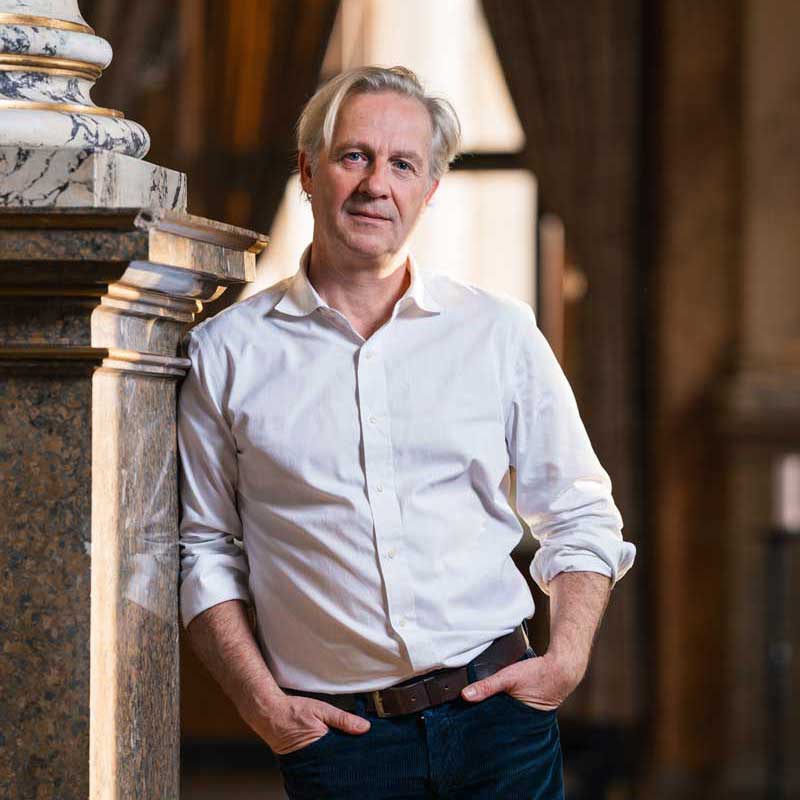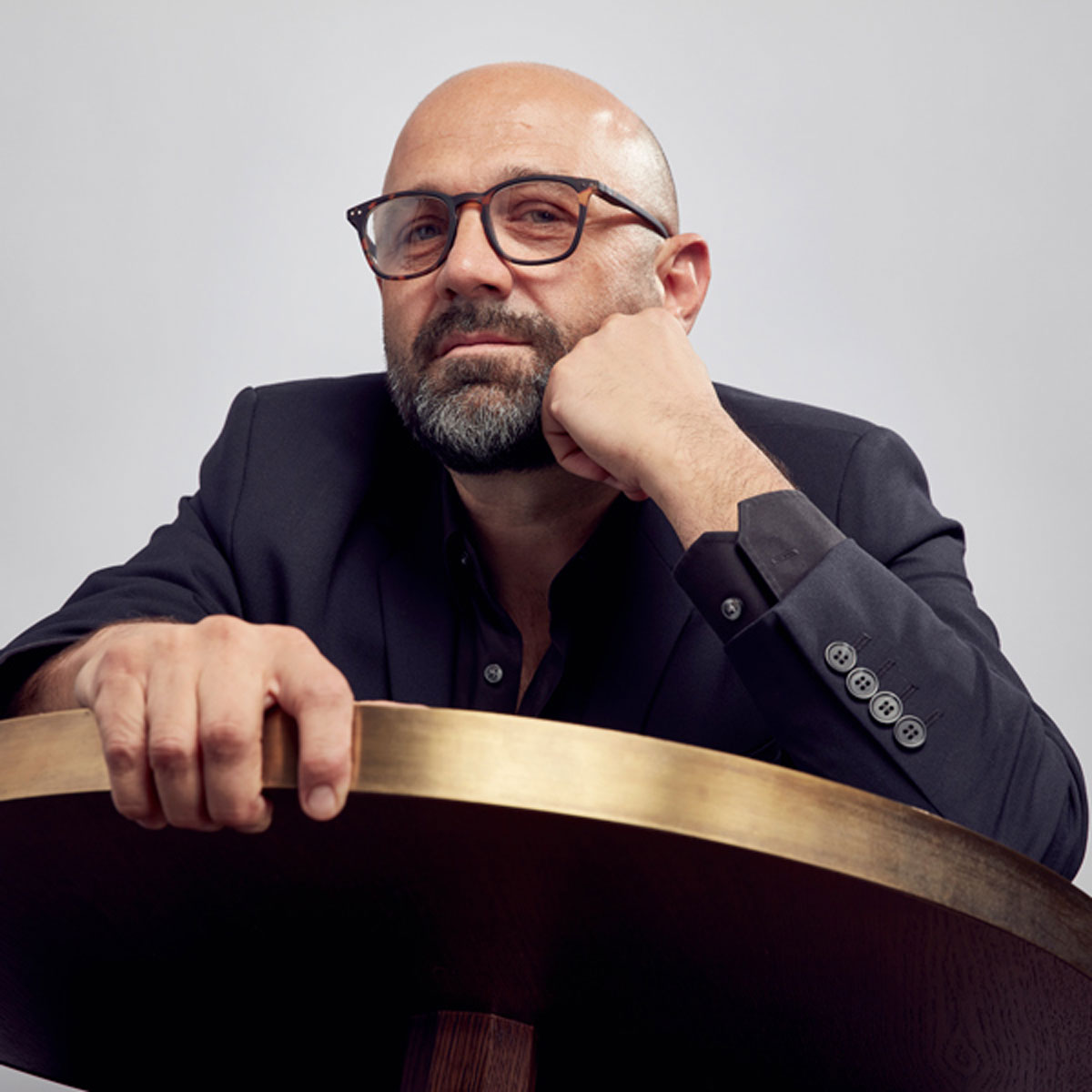Veronika Heilmannseder is a historian and cultural manager. She works on architectural heritage projects and curates exhibitions that bring history to life in rural areas while initiating social change.
We collaborated with her on a democracy-focused project exploring the impact of the Nazi regime and how historical knowledge connects to our responsibility for the future. We asked her what role design can play in this context.
H W
What role does design play in an exhibition?
V H
An exhibition is first and foremost about impressions. When I enter a space, it offers me something. Before I even start reading, studying, or observing, I already have an initial impression through my senses. And what I see is shaped by design.
Design is the gateway to engaging with the content. As curators, we carefully select the stories we want to tell. Together with designers, we decide: What is the core narrative? Where can the storyline pause and reflect, and where does it need momentum?
Design helps bring our script to life—with dynamism, or with moments of stillness. It’s essential that form follows content and supports it optimally. Sometimes, the content takes a backseat, allowing the design to speak for itself—it attracts, guides, inspires, calms, and moves.
Ideally, curators and designers come up with the same ideas. The key to this is mutual respect, listening, and a willingness to understand. And sometimes, you have to let yourself be carried along—after all, the others are the experts in their fields.
The most rewarding moments come when we find shared forms of expression that include and engage as many people as possible. Exhibition-making and design share a common goal: if they are not immediately understood, they should at least spark curiosity and encourage further reflection.
We create exhibitions that are meant to be seen and understood. And we work hand in hand with designers to achieve that. Content, design, and the synesthetic space together create the three experiential dimensions of an exhibition.

